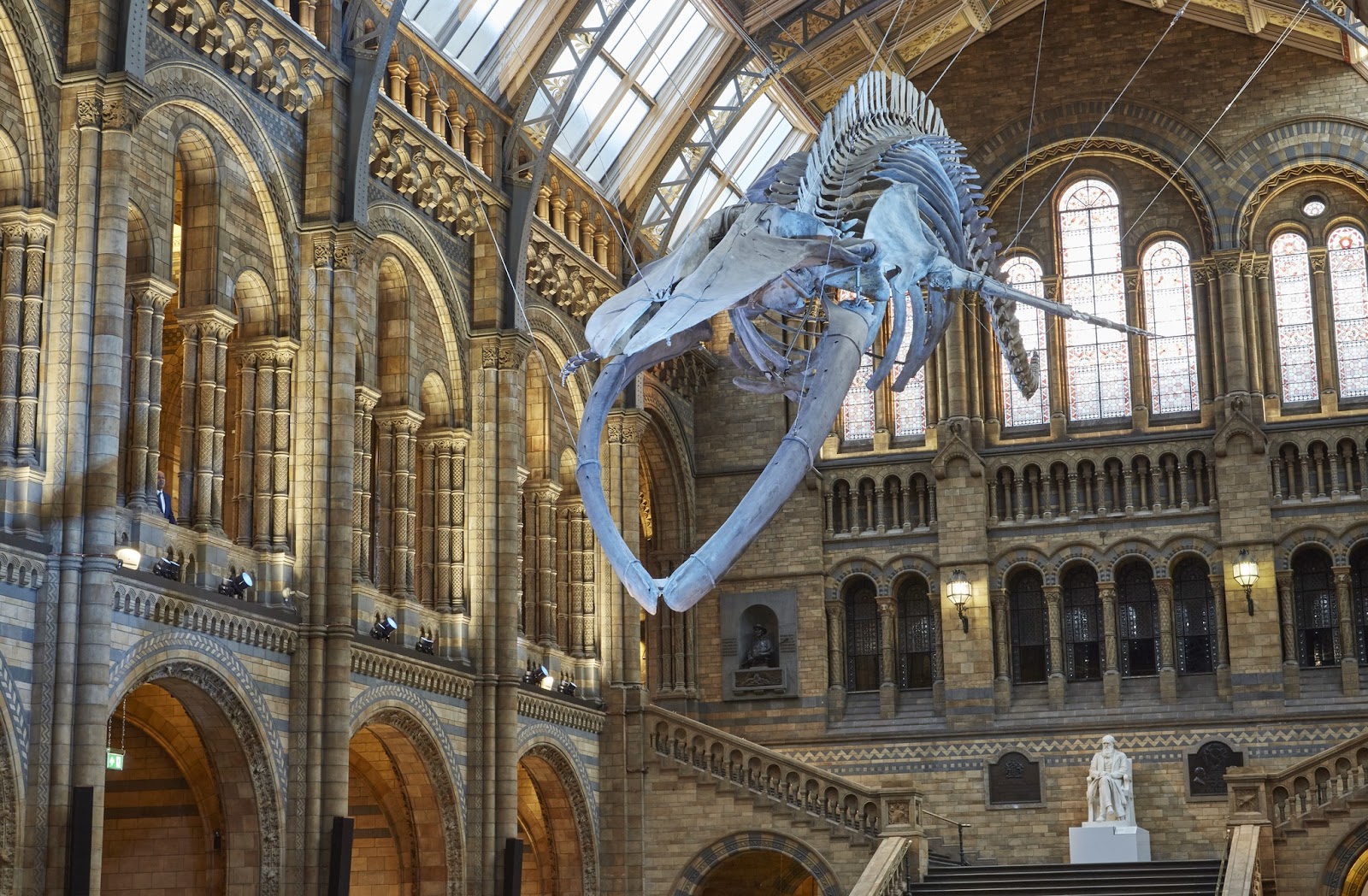
Earlier this year, the Natural History Museum signed the International Open Data Accord stating that the Museum recognises the opportunities and challenges of the data revolution and adopts a set of internationally recognised principles support open access to our data.
"We are open in order to make our collections available to the largest possible audience, to inspire a love of our natural world and unlock answers to the big issues facing humanity and the planet." V.Smith
This is a bold vision for the collection, Vince Smith, a leading proponent of the Museum’s Digital Collections Programme, explained: "We are working towards the digitisation of our collections - some 80 million objects, to make available our unrivalled historical, geographic and taxonomic specimen data gathered in the last 250 years. At present just 4.5% of the Museum’s specimen collection have a digital record. This may not sound much but this is up from just 3% four years ago. These data, along with associated specimen images are released through the Museum’s Data Portal. Through this gateway and those of our partners like the Global Biodiversity Information Facility, more than 5.9 billion records have been accessed in over 115,500 downloads since April 2015."
Read more about Digital Collections at the Natural History Museum and our work since signing the International Open Data accord by visiting our blog. Make use of our data by visiting the Museum’s Data Portal. Find out more about our digitisation by visiting the website or following us on twitter.
![]()
![]()
You need to be a member of Open Access Week to add comments!